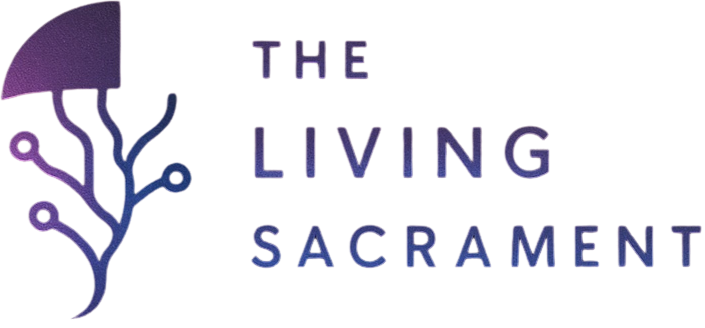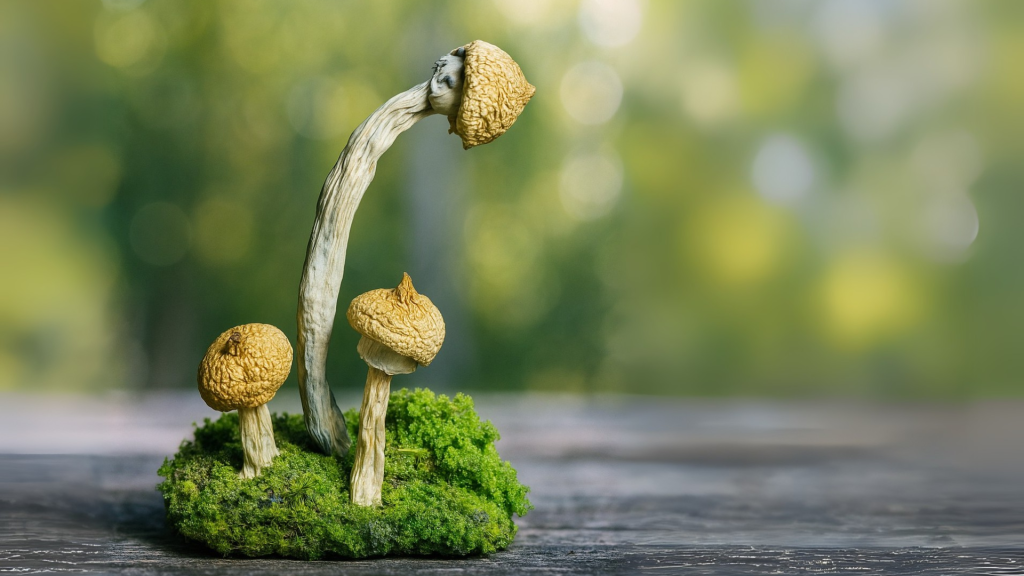Psilocybin mushroom spores are microscopic reproductive cells produced by psychedelic mushroom species such as Psilocybe cubensis and Psilocybe semilanceata. These spores do not contain psilocybin and do not cause psychedelic effects on their own. Instead, they play an important role in how psilocybin mushrooms reproduce, evolve, and are scientifically identified.
In research and education, psilocybin mushroom spores are studied to better understand different mushroom species, their genetic traits, and how they are classified. By examining spores under a microscope or through spore prints, researchers and mycologists can distinguish one psilocybin species from another, even when mature mushrooms look similar.
This guide explains what psilocybin mushroom spores are, how they differ from mature mushrooms, and why they matter for understanding psilocybin species. The focus here is on biology and classification, not on buying or using spores.
What Are Psilocybin Mushroom Spores?
Every mushroom begins as a spore, a microscopic seed-like cell that allows the species to reproduce. Under the right conditions, moisture, nutrients, and warmth, these spores grow into mycelium, the thread-like network that forms the body of the fungus. From this network, fruiting bodies emerge: the mushrooms we recognize above ground.
Spores of psilocybin-producing mushrooms are not psychoactive on their own. They don’t contain psilocybin or psilocin, which are the active compounds that cause psychedelic effects. However, they carry the genetic blueprint that determines how potent the mushroom will become once it matures.
In many countries, mushroom spores are legal to possess for microscopy or educational purposes, since they do not contain controlled substances. But germinating them into actual mushrooms is often prohibited. Laws vary widely, so anyone studying spores should understand their region’s regulations before attempting cultivation.
Understanding what psilocybin mushroom spores are helps clarify how psychedelic mushrooms grow and why spores are important for taxonomy rather than consumption.
What Psilocybin Does
Psilocybin is a naturally occurring compound that changes how the brain processes information. Once consumed, the body converts psilocybin into psilocin, a substance that closely resembles serotonin, a neurotransmitter that regulates mood, perception, and thought.
When psilocin binds to serotonin receptors, particularly the 5-HT2A receptor, it temporarily changes communication between brain networks. This results in what people describe as expanded awareness, vivid visuals, emotional openness, or deep introspection.
Studies from Johns Hopkins University and other research centers show that psilocybin can increase activity in brain areas linked with emotion and memory while reducing overactivity in regions associated with rumination and rigid thinking. This might explain why many users report feeling more creative, connected, and balanced after a psilocybin experience.
Variety of Magic Mushroom Species
Scientists have identified more than 180 species of psilocybin-containing mushrooms across several genera. The main groups include:
- Psilocybe – The largest genus, with well-known species like Psilocybe cubensis, Psilocybe semilanceata (Liberty Cap), and Psilocybe azurescens.
- Panaeolus – Includes species like Panaeolus cyanescens (“Blue Meanies”), known for strong potency.
- Pluteus – Contains species like Pluteus salicinus, often found on decaying wood.
- Gymnopilus – Brightly colored mushrooms sometimes called “Laughing Gyms.”
Each species has unique spores, habitats, and potency levels.
Popular Examples of Magic Mushroom Spores
While Psilocybe cubensis gets most of the attention, it’s just one of more than 180 known psilocybin-containing species. Each has distinct visual traits and potency levels:
-
Psilocybe semilanceata (Liberty Cap) – Found across Europe and North America. Small, conical caps with high psilocybin content (0.9–1.3% dry weight).
-
Psilocybe azurescens – Native to the Pacific Northwest. Known as “Flying Saucer” mushrooms due to their shape and extremely high potency (up to 1.8% psilocybin).
-
Psilocybe mexicana – Used ceremonially for centuries by Indigenous cultures in Mexico. Has historical importance as one of the first species studied in Western science.
-
Panaeolus cyanescens (Blue Meanie) – Technically a different genus, but still a psilocybin-containing mushroom, known for fast onset and strong visuals.
These variations arise from environmental conditions, genetics, and the ratio of psilocybin to psilocin within each mushroom.
Potency and Chemical Makeup
Potency depends on many factors: species, growing conditions, and storage. Research shows psilocybin concentration typically ranges from 0.2% to 1.0% of a mushroom’s dry weight, while psilocin varies between 0.1% and 0.5%.
For context:
-
P. azurescens averages around 1.78% psilocybin.
-
P. cubensis around 0.63%.
-
P. semilanceata about 0.98%.
Even within one species, mushrooms from the same batch can differ in strength. Drying and long-term storage can also degrade psilocin, reducing potency over time.
Effects and Duration
The experience with psilocybin mushrooms follows a predictable timeline.
-
Onset: 20 to 40 minutes after ingestion.
-
Peak: 60 to 120 minutes after onset.
-
Duration: 4 to 6 hours total.
During this period, sensory perception becomes more fluid. Visual patterns may appear with eyes closed, and emotions can swing between calm joy and deep reflection. Some describe it as “seeing thoughts,” while others feel a profound sense of unity or understanding.
Physical effects are mild compared to many substances. Slight nausea, warmth, or pupil dilation are common early on. The overall risk of toxicity is extremely low. According to pharmacological research, psilocybin’s lethal dose in humans is thousands of times higher than typical recreational doses.
The Role of Neuroplasticity
Recent studies suggest psilocybin doesn’t just alter consciousness temporarily, it may also help the brain rewire itself. In both animals and humans, psilocybin appears to stimulate neuroplasticity, the brain’s ability to form new neural connections.
This might explain why psilocybin-assisted therapy shows such strong results for depression, anxiety, and addiction. By opening new pathways of communication in the brain, psilocin may help people break rigid thought patterns and gain new emotional insights.
Spores, Cultivation, and Legality
Mushroom spores play a unique role in both research and controversy. Because spores don’t contain psilocybin or psilocin, they are legal to buy or possess in many regions for microscopy and education. However, germinating them into mushrooms crosses legal boundaries in most countries, including the U.S.
Cultivation itself has become part of underground and academic science. Researchers use spore genetics to study mushroom evolution and chemical expression, while hobbyists cultivate spores to learn about mycology. The key legal difference is intention and activation, spores are legal; fruiting bodies containing psilocybin are not.
Modern Research and Medical Interest
Over the past decade, psilocybin has reemerged in clinical research. Controlled studies have shown promising results in treating:
-
Major depressive disorder
-
End-of-life anxiety
-
Obsessive-compulsive disorder
-
Addiction to alcohol and nicotine
In these trials, a few guided sessions with psilocybin produced improvements that lasted months. Patients described lasting changes in perspective and emotional resilience.
Scientists at institutions such as Johns Hopkins and Imperial College London emphasize that these results depend on careful preparation, guidance, and integration after the session. Psilocybin therapy is not yet a mainstream treatment, but progress toward regulation is underway.
Final Thoughts
Magic mushroom spores are more than just starting points. They reveal the wide variety of psilocybin-containing mushrooms, from the familiar Psilocybe cubensis to the powerful Psilocybe azurescens. By studying spores, we gain insight into the diversity, evolution, and future of these fascinating fungi.
References
- Frontiers. Psilocybin Mushroom Taxonomy, Phylogeny, and Ecology.
- Oxford Academic. Development of Psilocybe Mushroom Species Reference Material.

